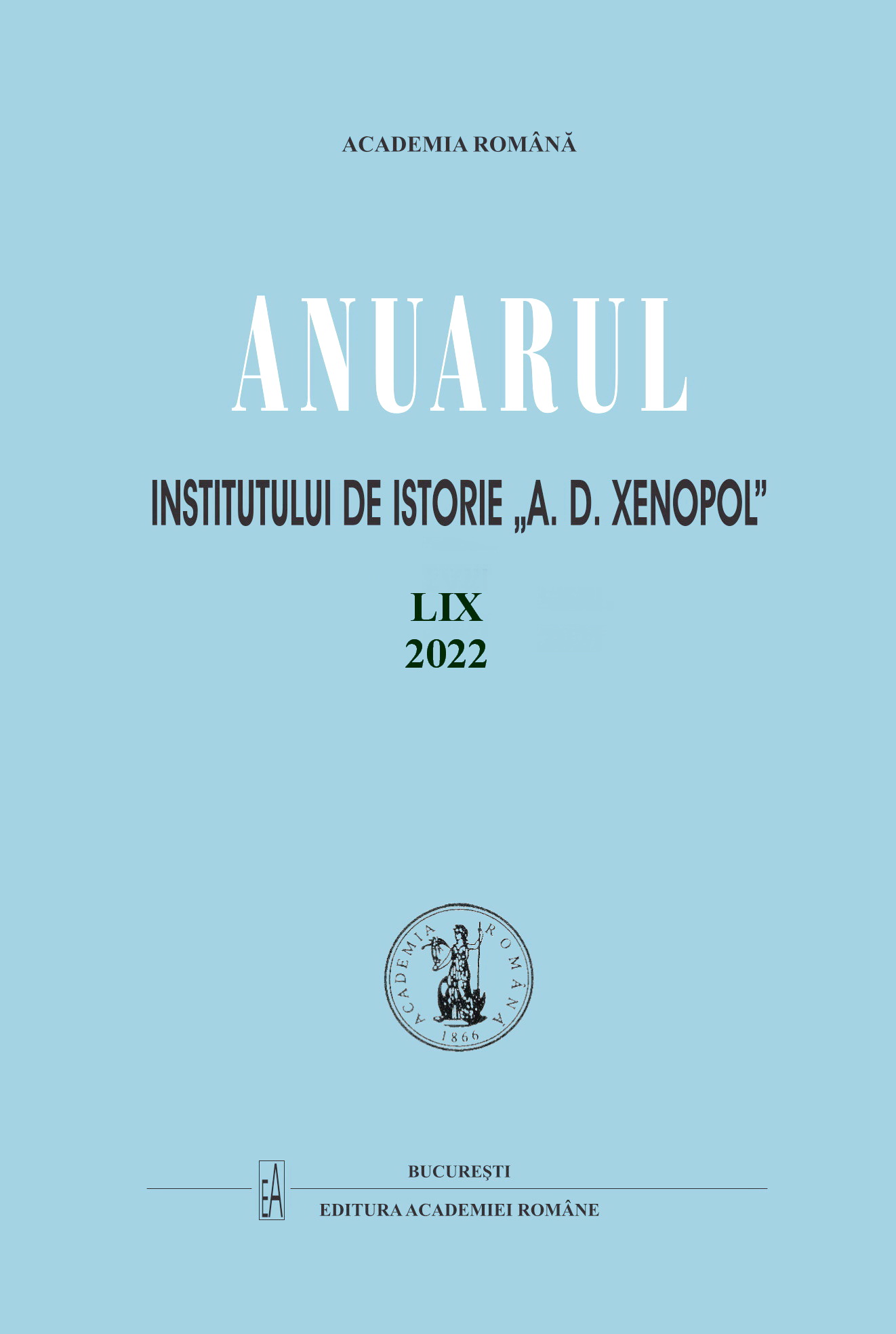CONȚINUTUL ȘI FORMELE REPRESIUNII ÎN ROMÂNIA ANILOR 1948-1958
CONTENTS AND FORMS OF REPRESSIONS IN ROMANIA IN 1948-1958
Author(s): Sorin D. IvănescuSubject(s): History, Social history, Recent History (1900 till today), Special Historiographies:, Post-War period (1950 - 1989), History of Communism
Published by: Editura Academiei Române
Keywords: Cold War; repression; communism; Red Army; Hungarian uprising;
Summary/Abstract: In 1948-53, the Communists used the “danger of the domestic response” to the Cold War, invoking the regime’s fragility and its establishments to justify their repression. In 1958, following a decade of monopoly over power, the outburst of repression indicated both the uncertainty of the regime after the retreat of the Red Army and the desire to show Moscow that things would not get out of control. The repression of 1958-61 had a preventative character meant to avoid an uprising. Despite the tremendous increase in party members, the PMR [Romanian Workers’ Party] had not obtained adhesion in almost any layer of society. The population had solid Anti-Soviet views.The Budapest Revolution showed that the danger for the regime came mainly from the intellectual circles around which the youth, students, and survivors of the elites before the war gathered in times of crisis. Hence, the Securitate prioritised monitoring the “reactionary elements among the intellectuality and educated youth.” A new practice was public reveals organised in various cities, targeting the intellectuals. The purpose was to destroy the reputation of the people who represented an alternative to the official culture. The politicians who survived or had been released from prisons in 1953-55 became the target of elaborate surveillance and persecution, and many were arrested.
Journal: Anuarul Institutului de Istorie »A.D. Xenopol« - Iaşi
- Issue Year: LIX/2022
- Issue No: 59
- Page Range: 197-207
- Page Count: 11
- Language: Romanian

